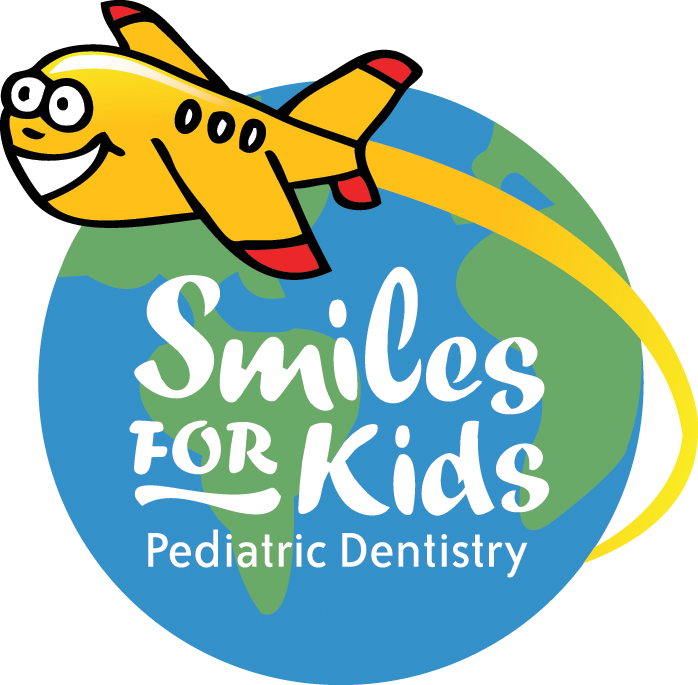Starting Early: When to See an Orthodontist
/The general rule is to see an orthodontist whenever there is a question about the alignment of the teeth or the bite. Sometimes, crowding or rotated teeth are obvious signs that a visit to an orthodontist is needed. Other times, this may not be as obvious. It is the latter situation that leads most pediatric dentists to recommend an evaluation by the age of seven.
By this time, the permanent first molars and some permanent front teeth are already present in the mouth. If this does not happen, there may be a problem in development of the teeth. Since the growth of teeth varies in different individuals, an evaluation by an orthodontist is important to know whether the eruption of the teeth is going smoothly. Although most patients do not need treatment at a very young age, catching problems early on can potentially prevent more severe problems in the future.
An orthodontist can generally determine if there will be adequate room for the remaining permanent teeth. This is done through the use of a panoramic X-ray which will often be taken by your pediatric dentist as well as the orthodontist and through a thorough orthodontic examination. If there is not enough room for the permanent teeth, early treatment can be started such as the use of appliances to expand the jaws or the removal of deciduous teeth. The purpose of these approaches is to increases the chance that the remaining permanent teeth will erupt ideally aligned. It might avoid or aid in future orthodontic treatment such as braces.
In addition to the treatment of dental crowding early, many orthodontists will also give advice on the correction of certain bite problems early on as well. One of the most important bite problems encountered by children is the crossbite, which is when the upper teeth fit inside or behind the lower teeth. When it is untreated, crossbites may lead to the permanent deformation of the lower jaw. As a result, permanent teeth would wear down and may require oral surgery for correction. The orthodontist may recommend an upper retainer or appliance to expand the palate and encourage the forward growth of the upper jaw to prevent the crossbite.
On the opposite end of this situation is an overbite. An overbite may result when the upper jaw grows more quickly than the lower jaw. It may also be because of protrusive front teeth. If the jaw is the reason, treatment will usually consist of an orthopedic appliance to help stimulate the growth of the lower jaw. The advantages of treating overbite early include the improved ability to chew, easier speech and facial esthetics as well as avoiding trauma to protruding front teeth. Finally, orthodontists can recommend methods on how to treat harmful habits such as thumb sucking and tongue thrusting for young age. There is a strong link between habits such as these and orthodontic problems.
While it is recommended for the child to see an orthodontist by age seven, a majority of patients seen at that age do not undergo treatment. Usually, they will be monitored during annual dental examinations by the orthodontist until treatment can begin at the optimal time.
